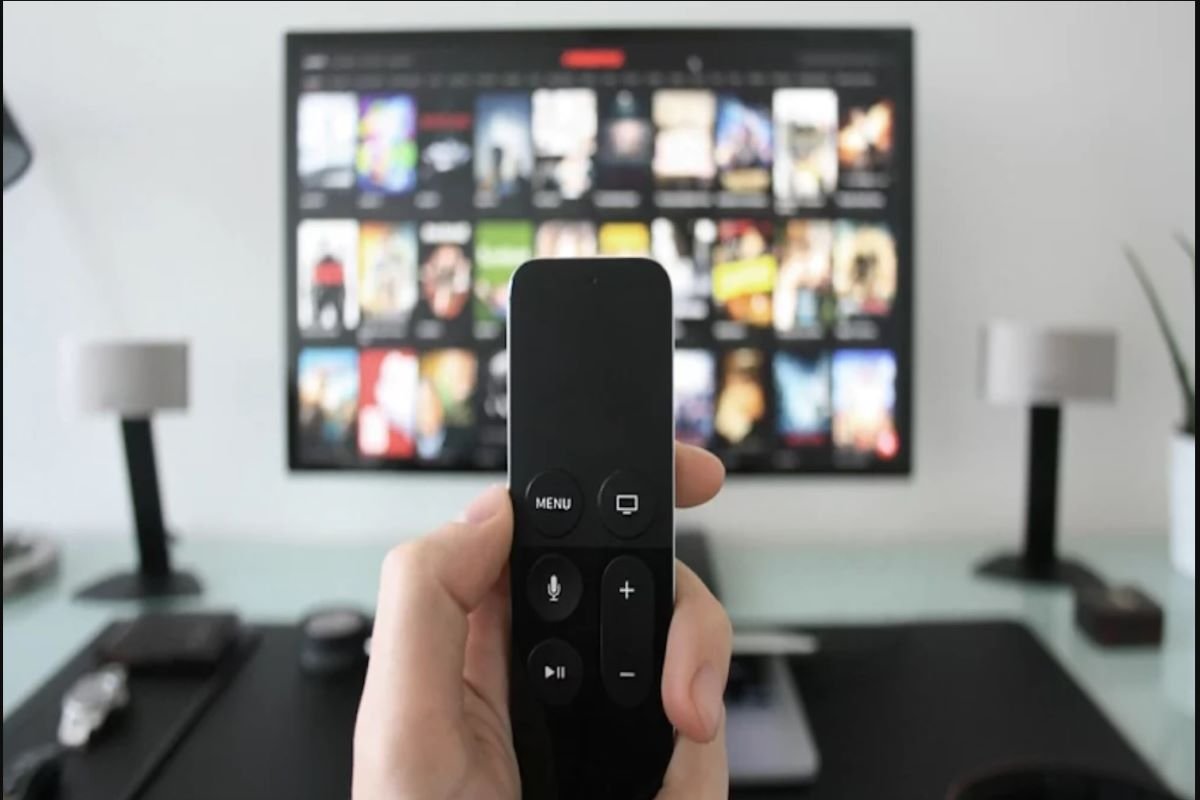OTT Challenge Storm in Tea-Cup
However, the company said that the movies that go through a theatrical release will receive higher returns on the OTT platforms. “On the other hand if it (movie) goes first through a theatrical release, OTT revenues get enhanced if the movie is a reasonable theatrical success,” Nirmal Bang said in a report. “OTT challenge in our view is [a] storm in a tea-cup.” The company said that the Indian multiplex industry structure where the top four players control 70% of the screens will continue to remain so as “there are no substitutes.” Crucially, it was said that the multiplex industry will register “steady revenue growth” in the upcoming years. The report is significant as Nirmal Bang in a separate report said that the COVID-19 pandemic has led to the acceleration towards trends such as digitisation and remote working. The company also said that the pandemic has resulted in the world moving from a “shared economy” to “collaborating in isolation.” Nirmal Bang said that the pandemic has turned several users into “digital consumer” as these users “discovered the convenience of e-commerce, grocery delivery ordered via app and other online activities.” Additionally, the company said that the digital media in the past decade has “increasingly played a role in influencing consumer preferences.”
Market Dynamics Have Evolved, OTT a Well-Known Evil
Multiple other analysts, however, have said in the recent past that more movies “may be released on OTT platforms” in the upcoming quarters. In February, Motilal Oswal Financial Services highlighted that the size of the OTT subscription market hit Rs 28 billion in 2019 with the market doubling in the past year. “The improving ecosystem of OTT consumption, led by increased digital content and data penetration, is a well-known evil,” Motilal Oswal said in a report in February. “This is despite the Cinema segment’s value propositions, such as a better movie-watching experience, limited alternatives for recreation in India, and favorable comparisons with the developed markets.” The firm highlighted that the OTT segment contributes around 10% to the movie revenue share, up from 5% in 2017, with the segment expected to cross 13% by the next financial year. Crucially, Motilal Oswal said that several small and mid budget projects would “prefer OTT platforms for direct releases.” Meanwhile, OTT platforms including Disney and Netflix have consistently offered positive comments on the Indian market. “With a rapidly growing middle class and expanding discretionary spending, India is a promising market opportunity,” Rebecca Campbell, chairman, Direct-to-Consumer, the Walt Disney Company, said in the investor day conference in December, 2020. Campbell also said that the Disney+ Hotstar provides a “massive collection of local content” with the company “adding over 17,000 hours of original local programming” each year. With multiple states across India re-introducing the lockdown measures and placing special restrictions due to the rise in COVID-19 cases, OTT platforms might once again see a spike in users. However, it remains to be seen whether the users turn to multiplex or stick to OTT platforms post COVID-19.
